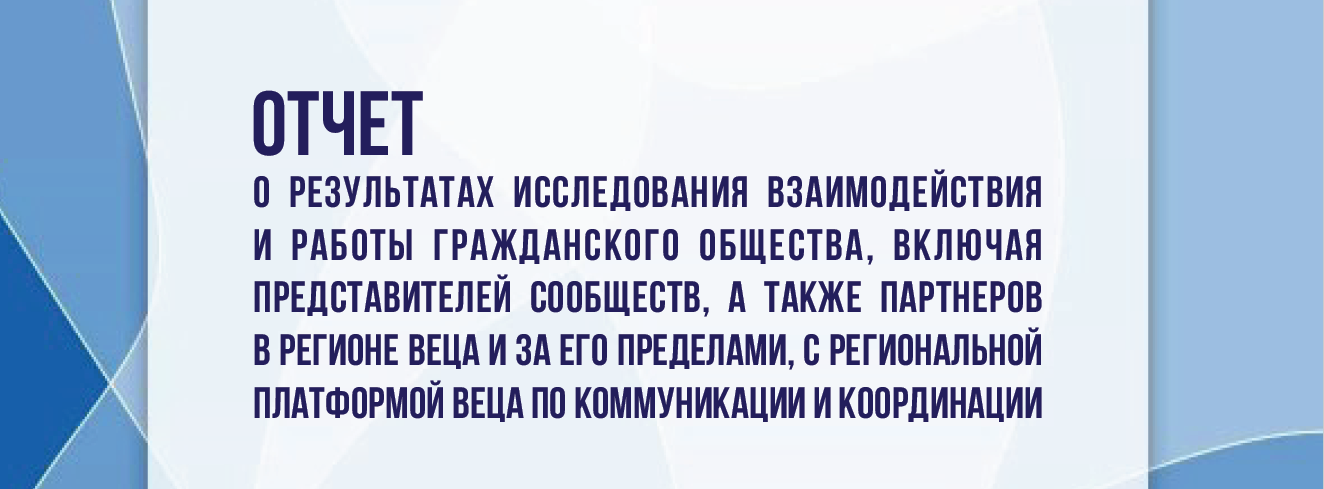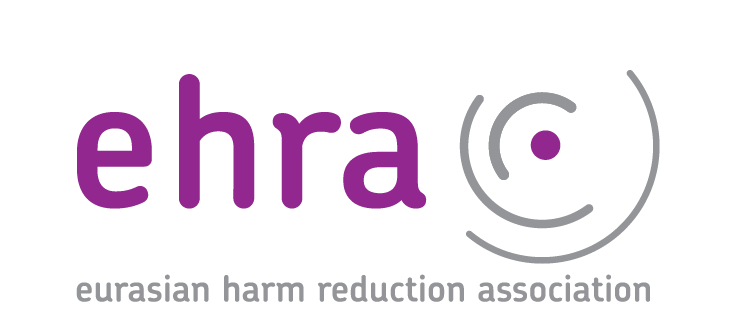UNAIDS and KFF report. Financing the Response to HIV in Low- and Middle-Income Countries: International Assistance from Donor Governments in 2015
- 27.07.2016 06:40
- Post Views: 1,052
This report, Financing the Response to AIDS in Low- and Middle-Income Countries: International Assistance from Donor Governments in 2015, tracks funding levels of the donor governments that collectively provide the bulk of international assistance for AIDS through bilateral programs and contributions to the Global Fund to Fight AIDS, Tuberculosis and Malaria. Donor government funding to support HIV efforts in low- and middle-income countries fell for the first time in five years in 2015, decreasing from US$8.6 billion in 2014 to US$7.5 billion.
KEY FINDINGS INCLUDE:
- Overall spending for HIV went down in 2015.
- The decline is due to a complex set of factors.
- Bilateral spending declined for all 14 governments.
- Multilateral contributions were down for 12 of 14 governments.
- Most HIV funding is bilateral.
- The U.S. remains the largest donor to HIV.
- In 2015, several donor governments provided a greater share of funding to HIV than their share of the world’s GDP.
In 2015, funding disbursed by donor governments for HIV declined by more than US$1 billion, or 13%, compared to 2014. While the decline is due to a complex set of factors, including issues of timing and exchange rate fluctuations, donor spending declined even after accounting for these factors. As such, it marks the first decline in 5 years. Whether this decline remains a single year event or a harbinger of more to come remains to be seen, although donor governments are facing many competing funding demands, including humanitarian emergencies and the refugee crisis, all against a backdrop of fiscal austerity in a number of countries. With UNAIDS estimating that in- country resources for HIV, including from donor governments, will need to increase by at least US$7.2 billion by 2020 to put the world on a trajectory to end AIDS by 2030, it will be critical to monitor donor government spending going forward.
Related News
Get Engaged in the ‘UNAIDS Strategy Beyond 2021’ Development Process
UNAIDS is now in the process of developing its next Strategy for 2021 and beyond. The timeline for developing the Strategy was supposed to have started early this year, but it was hampered by the COVID-19 pandemic. It has now been extended to accommodate a longer consultation period to ensure a full and more meaningful […] Read moreRoundtable organized by Global Fund
On 26 May (Russian) and 27 May (English) at 10.00 am (Geneva time) Developing Country NGO delegation of the Global Fund Board and the Global Fund Secretariat are organizing the Roundtable “Responses to HIV and TB in times of COVID-19 – strengthening engagement with civil society and communities in Eastern Europe and Central Asia (EECA)” […] Read moreGlobal Fund funding opportunity – COVID-19 Response Mechanism
The COVID-19 Response Mechanism (C19RM), approved in April 2020, authorizes US$500 million in funding in addition to grant flexibilities. C19RM can be used across the three diseases and the health system, even if a country only has a single Global Fund grant for one component. The CCM will assess the most urgent needs and direct […] Read moreServices for migrants and refugees from Ukraine – HIV/TB care with a focus on key populations
Due to the increasing flows of refugees from Ukraine because of Russia’s invasion of Ukraine, the EECA Regional Platform created a spreadsheet to fill contacts details of face-to-face and online services for refugees and migrants (with a focus on HIV/TB care and key population groups).
Regional Platform – EECA
This web-resource is a part of new regional communication and coordination project “Regional Civil Society and Community Support, Coordination and Communication Platform - EECA”, implemented by Eurasian Harm Reduction Association (EHRA).
Tags
See also
-
Grant Cycle 7 Reprioritization: How can communities prepare? 02.07.2025 12:03
-
Webinar: Using Global Fund's Data for Advocacy 12.06.2025 12:00
-
GC7 Grant Reprioritization: Updated Timelines 10.06.2025 14:37








